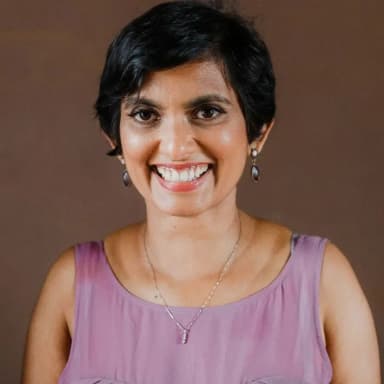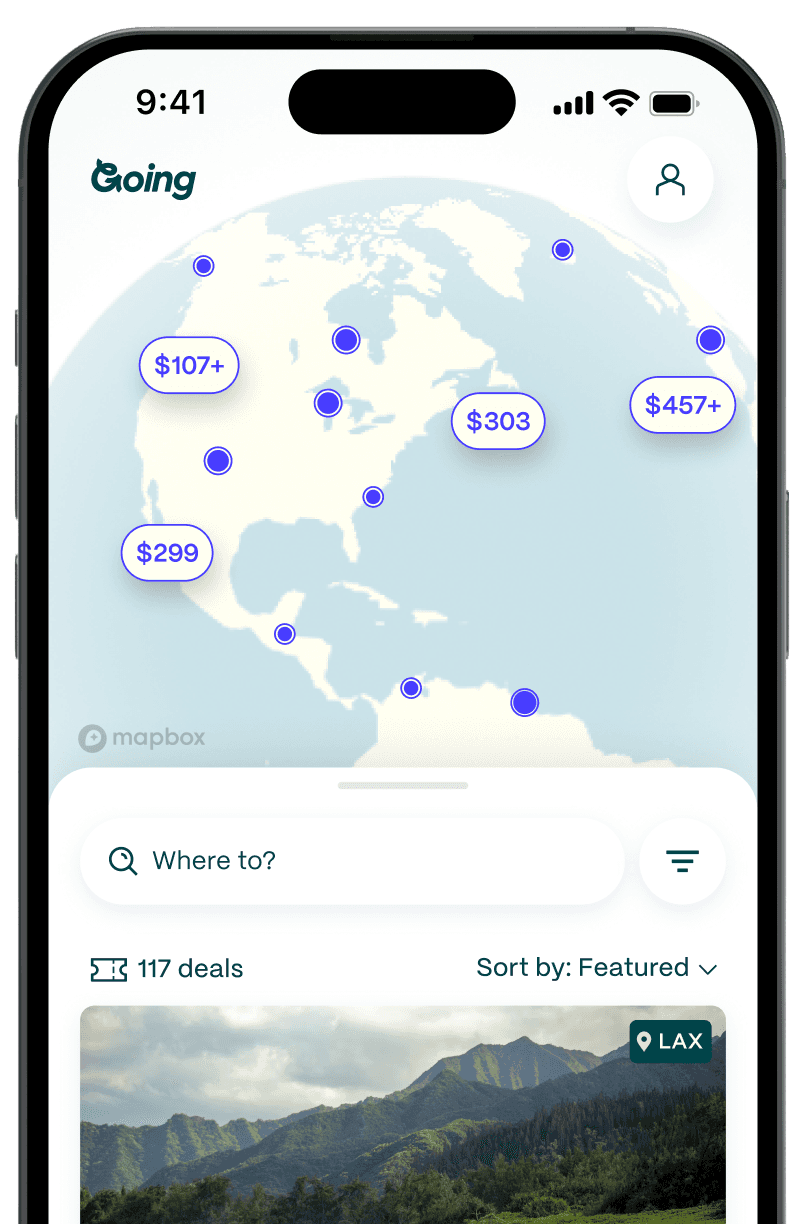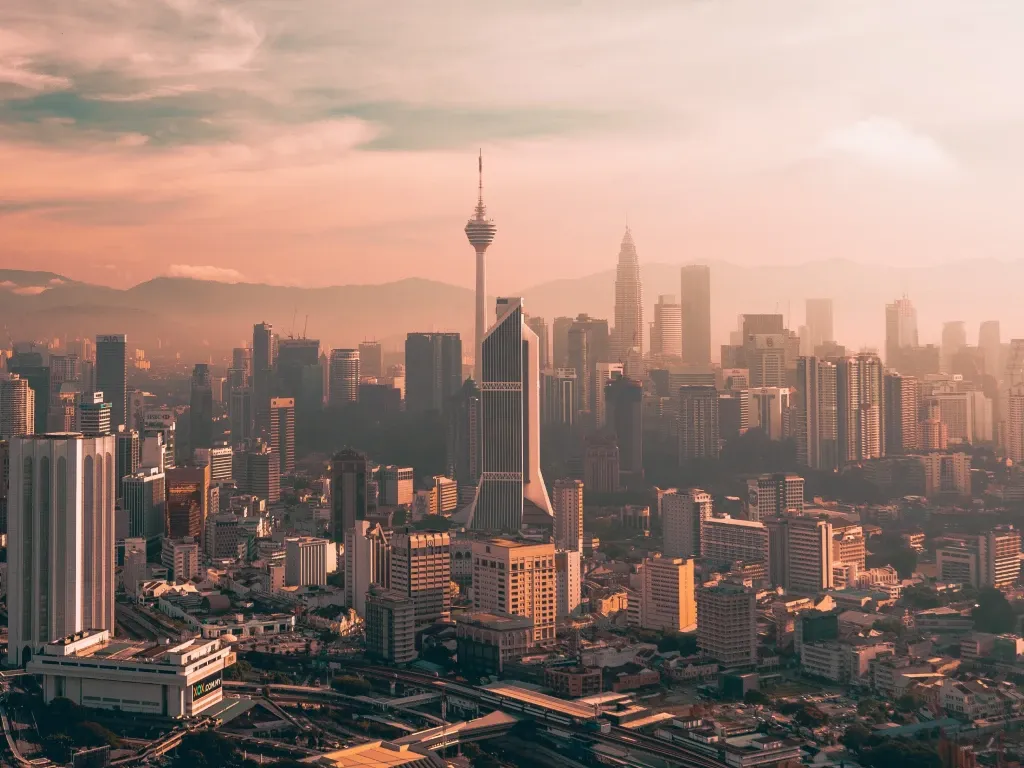
Kuala Lumpur: The Asian City Surrounded by Waterfalls
Kuala Lumpur (or Kay-El) is Malaysia's capital city and is situated on the west coast of the country’s peninsula. Like many large cities or capital cities in Southeast Asia, Kuala Lumpur’s claim to fame is its location and resources. During the British colonial period in the 19th and early 20th century, local Malay leaders, Chinese tin miners, and British colonists developed a tin collection center at the confluence of the Gombak and Klang rivers and named it, literally, a muddy confluence. Or Kuala Lumpur in Malay.
Tin mining is now a thing of the past, but the flow of wealth and migrants to Kuala Lumpur shaped the city’s culture, architecture, and food. Today, it is a rapidly developing modern city and home to two million people.
The famed 88-story twin towers in the center of the city are on most people's must-see lists, but that is not the entirety of Kuala Lumpur. The city is sprawling and very car-dependent, but if you make it a point to visit suburbs like Sentul, Bangsar, Ampang, Petaling Jaya, and Kepong, you will see how each part of the city has a distinct history, community, and vibe.
Let’s go chasing waterfalls

Kuala Lumpur is literally a city in a valley so it is surrounded by hills and mountains, and as a result, there are over twenty waterfalls to explore within a one-hour drive (or 40-mile radius) from the city center. Some of these waterfalls may require a permit from the State Forestry Department before you can enter.
Rent a car and head to the outer suburb of Ampang, where there are at least three waterfalls in the area. This includes the Sofea Jane Waterfall, named after a popular local actress who filmed a scene from the 1993 movie Perempuan, Isteri dan… in this location. These waterfalls require a trek through the jungle, which involves maneuvering over tree roots and fallen tree trunks covered in moss, but you can also consider renting an ATV.
If that sounds arduous, explore the 22-acre KL Forest Eco Park instead. It is the oldest (and only) tropical rainforest reserve left in the city, and along with 200 types of trees and two species of monkeys, a highlight of the park is the canopy walk between the treetops. Walking on this slightly swaying suspension bridge a few stories above ground level will make it feel as if you are (safely) swinging from treetops and will give you a bird’s eye view of a lush rainforest directly next to skyscrapers and highways.
Gluttony is a sin, but...

Malaysian food is influenced by its ethnic groups (Malay, Chinese, Indian, Eurasian, Indigenous), historical trade partners (Arab, Indonesian), geographical proximity (Thailand), and simply, the globalization of our pantries. The food is carb-heavy as rice is a staple, and many people can eat rice in three meals a day. The accompanying vegetables and meat dishes are usually flavorful with a warming quality from the liberal use of alliums, spices, and chili.
Some of the iconic dishes include curry laksa (a spicy noodle dish in coconut broth with Malay, Chinese, and Indian influences), pong teh chicken (chicken and potato stew with Chinese and Malay influences), and chicken chop (crumbed chicken served with brown gravy, vegetables, and potatoes with Chinese and British influences).
This can all get overwhelming, so plan your meal options but leave space for surprises. Maybe start with toasted bread with kaya (coconut jam) and milk coffee at the neighborhood cafes known as kopitiams, eat roti canai (flaky flatbread) and drink teh tarik (milk tea) at a local mamak (Indian-Muslim restaurant), and try a noodle dish, chili pan mee (noodles tossed with chili paste), which is not always available outside of Kuala Lumpur.
Move on to harder-to-find supper clubs. They started mushrooming in the early 2010s as talented home cooks wanted an outlet for their creativity without the risk of overhead costs. So they opened their homes to share their heritage and innovative dishes with 8-10 people for a few hours. It is intimate for both the host and guests and requires some trust. As a guest, it can be unnerving to show up without knowing anyone else, but people usually leave as friends.
Food space trumps car space
Kuala Lumpur is a very car-dependent city, and the roads are designed for drivers, not pedestrians or cyclists. But even the public roads are regularly shut down to make way for markets or food stalls, and people tolerate this inconvenience in the pursuit of good food.
There is usually a morning or night market in most neighborhoods, and many people still rely on it for fresh produce and gossip rather than the more sanitized chain supermarkets. A popular night market is in the suburb Bangsar on Sunday nights where you can find locals and expats buying fruits, vegetables, flowers, and snacks.
The road closures for night markets really amp up during Ramadan to make way for food bazaars. Each neighborhood will have its own version, and pedestrians can walk up and down the street to taste everything from satay to a Ramadan specialty: bubur lambuk (spiced rice porridge).
Go bananas!

Nothing says you’re in a tropical country more than the presence of banana trees, which seem to grow everywhere, from the side of the road to the banks of monsoon drains. Banana trees are ubiquitous in Southeast Asia firstly because they can be easily propagated; new banana plants develop from the base of the original plant even when you do not actively cultivate it. Secondly, almost every part of the tree can be used. The large leaves double as plates and food wrappers, the banana blossom (or heart) is edible, and the fruits are delicious when eaten as-is or cooked.
While in Malaysia, challenge yourself to find at least 10 different local banana varieties and notice how each differs in taste, color, shape, and size. For example, the pisang raja variety (pisang being the local word for banana) has an almost custard-like flavor while the pisang berangan variety has a drier texture and starchier taste.
Or, you can set a food challenge to taste all the different snacks made with bananas. Pisang goreng (fried whole banana fritters) is the unofficial tea time snack for Malaysians, but there are also other snacks like pisang kodok (mashed banana fritters), pengat pisang (banana simmered in coconut milk), and dehydrated banana chips.
Try the local alcohol
Imported alcohol (along with cigarettes) is heavily taxed in Malaysia, and the drinking culture is not as big as the food culture. This can be attributed to the religious beliefs of the Muslim majority population, and as a result, the sale of alcohol is legal but heavily regulated.
The cultivation of coconut-based alcohol (toddy) and rice-based alcohol (tuak, tapai), particularly from East Malaysia, predates modern-day Malaysia. Over the past few years, there has been a resurgence in this industry as people try to reclaim and promote these local alcohols and infuse them into cocktails using local ingredients like pandan and hibiscus extracts. Try toddy at Bellamy Kitchen Toddy or tuak at Attic Bar.
A religious melting pot
Malaysia is often referred to as a Muslim country, but more accurately, it is a Muslim-majority country; about 63% of the population is Muslim, while the rest is Buddhist (18%), Christian (9%), and Hindu (6%). Because of this, Kuala Lumpur has numerous mosques, temples, and churches, sometimes all on the same street.
The religious buildings borrow from various global architectural styles and provide clues to the many cultures that influenced the city. For example, the Jamek mosque (Masjid Jamek) opened in 1909 and is one of the oldest mosques in the city. It has Moorish and Mughal architecture because it was designed by an English architect who was influenced by India’s architectural styles.
The national mosque, Masjid Negara, is free to visit during non-prayer times, and its roof, which resembles a folded umbrella, is unique to the tropics. Similarly, the Thean Hou temple is worth a visit to see its ornate design, which borrows from Buddhist, Taoist, and Confucian traditions. Just remember not to photograph people as they are praying.
Transport yourself to old Kuala Lumpur

Kuala Lumpur has a blasé attitude towards its heritage buildings, and people have razed many of these to develop skyscrapers and commercial spaces instead. But there are glimpses of old Kuala Lumpur in some streets and buildings. For example, Kuala Lumpur Performing Arts Centre happens to be in an old train depot. The arched brick exterior with a dark red-brown hue provides a striking image and link to a time when rail transportation was essential for the mining industry.
Similarly, take a walk along Petaling Street and notice the old, eclectic shophouses which are either in a state of disrepair or have been converted into vintage-inspired cafes. These shophouses are usually long, narrow, and double-storied because, historically, the family would conduct business on the ground floor and live on the upper floor. Notice how a lot of the design is about adapting to a tropical environment, like the open courtyard in the middle of the building to encourage cross-breeze and louvers as windows to get filtered rather than direct sunlight.
Experience a religious or cultural event from the sidelines
There are over a dozen public holidays in Malaysia, including cultural and religious ones like Eid, Lunar New Year, Diwali, and Christmas. During this period, there are large-scale decorations in public spaces, and shopping malls try to compete with one another by having everything from lion dances to Santa Clauses.
But a particularly interesting festival is Thaipusam, which is celebrated by the Tamil Hindu community in early February. During this time, devotees of all ages make a pilgrimage to temples to pay penance to Lord Murugan in a trance-like state while carrying a kavadi, which literally and figuratively means a “burden.” This can be anything from carrying a pot of milk, “wearing” a decorated wooden arch, or piercing their face and body.
Pilgrims walk miles (and 272 steps up) to a famed temple in the suburb of Batu Caves, and since it follows public streets, you can witness it along with thousands of bystanders. Given the large crowds, loud noise, and sights of pierced people, it is not for the faint-hearted, but it is definitely a unique experience.
Good to Know
Is Kuala Lumpur expensive?
Kuala Lumpur is an affordable place to visit. A three-star hotel will run around $40 per night, while you can snag a hostel for about $25. For a sit-down dinner in a mid-range restaurant, you can expect to pay about $6 for an entree. For cheaper meals like street food in night markets, you can fill up for under $5. Climbing up to the Petronas twin towers costs $25, and a dinner at a supper club will cost about $45, but if you skip those, you can generally have a great time for under $30 per day.
Best time to visit Kuala Lumpur
Malaysia is a tropical country and the temperature ranges from 80-90°F year-round with 70-90% humidity. The midday sun is harsh, and locals prefer to stay indoors at this time. Dec-March is typically the rainy season, which can sometimes cause flash flooding and traffic chaos.
Kuala Lumpur with kids
Kuala Lumpur is not known as a top family destination but there are several attractions that will interest kids, such as the Kuala Lumpur Bird Park, the variety of books in Kinokuniya bookstore, or the friendly animals at the Farm in the City.
Kuala Lumpur public transportation
Kuala Lumpur has public transit options, namely light-rail trains that serve the city center and outer suburbs. But the last-mile connectivity is poor, and visitors either need ride-sharing options or a rental car to make the most of their trip.
Is Kuala Lumpur safe?
Malaysia ranks #19 in the world for safety and is generally a safe place to travel, with the usual cautions. However, there are reports of hostility towards Black travelers and residents. Malaysia ranks #173 in the world with a score of 16 out of 100 points for LGBTQ+ equality. The Malaysian government is openly hostile and legally discriminatory towards the LGBTQ+ community.Getting to Kuala Lumpur.
- Maine airport: KUL
- Average Going price for cheap flights to Malaysia: $581 roundtrip
More Asia destinations:
Last updated December 19, 2023
Articles you might like
View All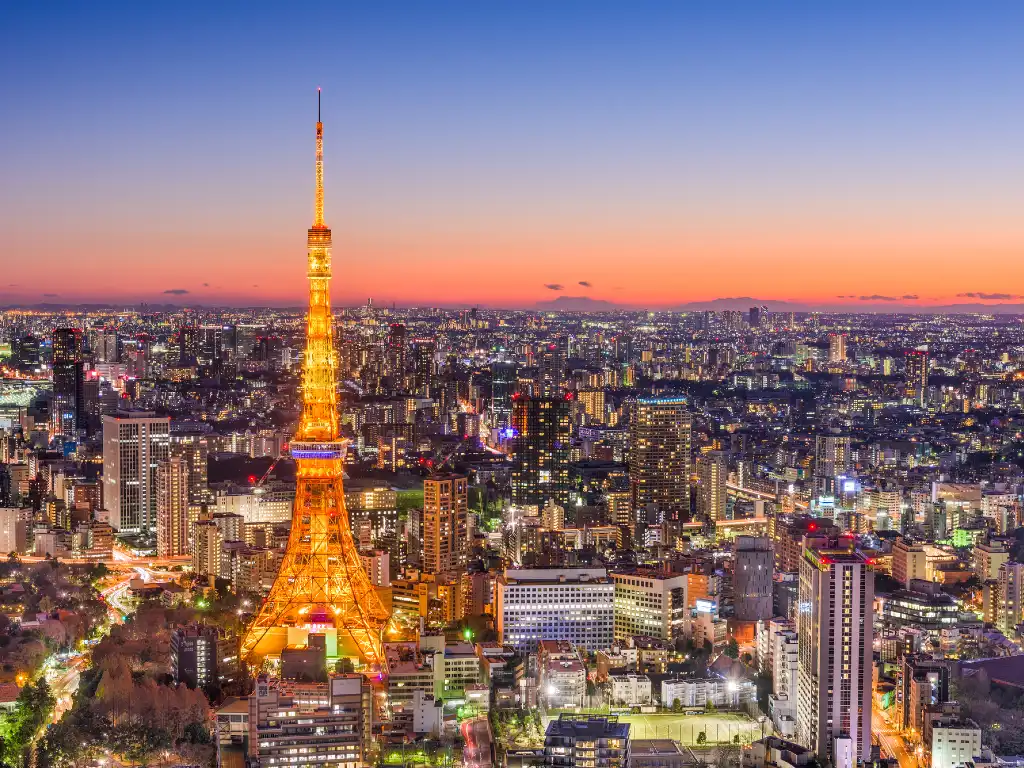
Where to Stay in Tokyo: The Best Neighborhoods and Hotels in 2026
Dec 19, 2025
12 min read
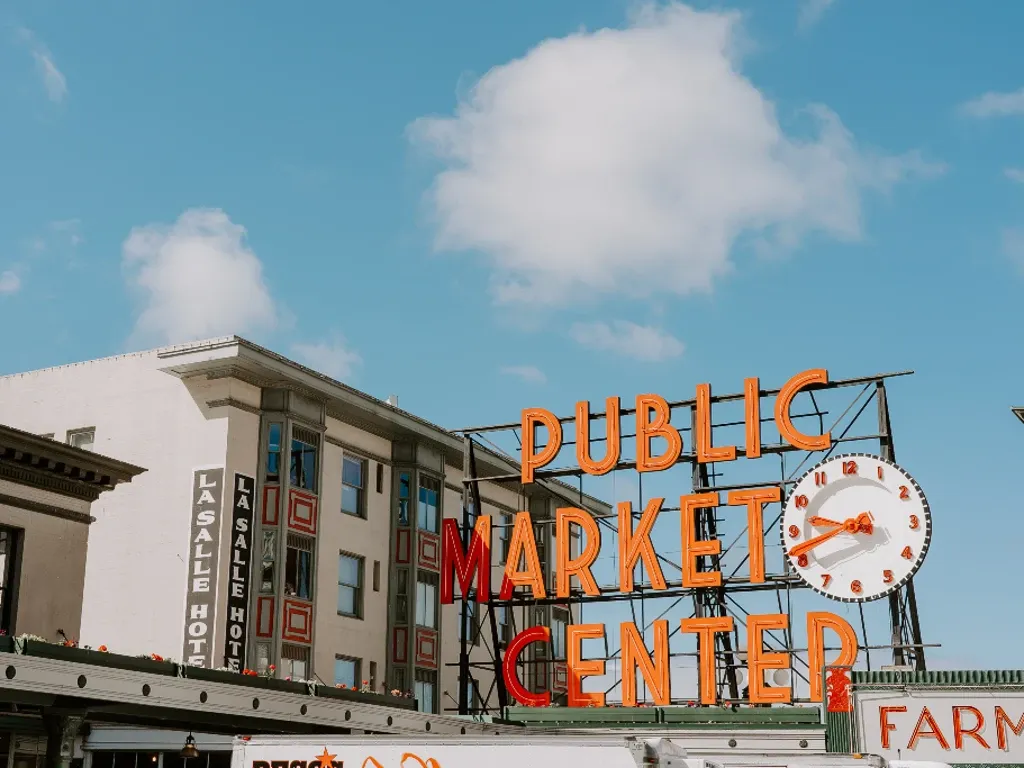
Where To Stay in Seattle: Best Neighborhoods and Hotels for 2026
Dec 19, 2025
10 min read
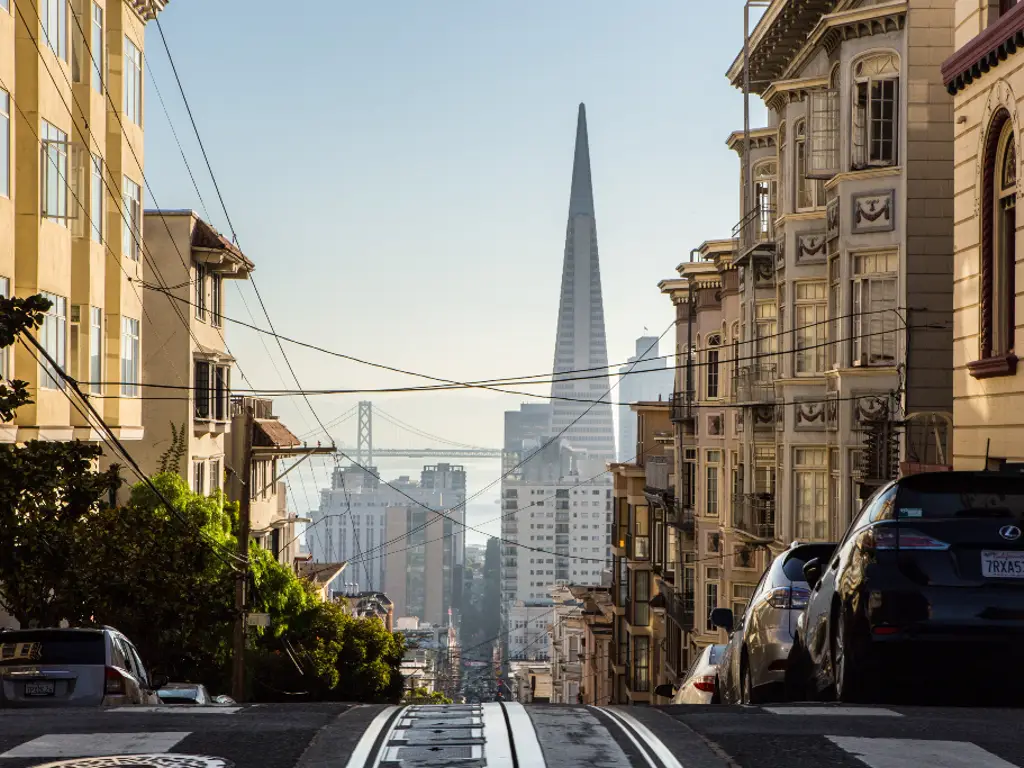
Where To Stay in San Francisco: Best Neighborhoods and Hotels for 2026
Dec 19, 2025
17 min read

